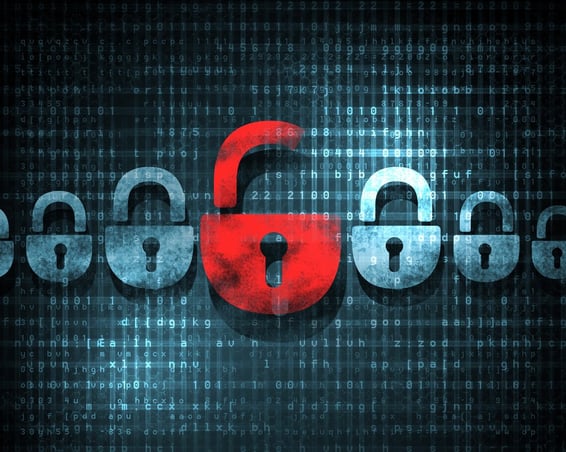Spotlight on Cybersecurity Awareness Month – Phight the Phish!

October 18, 2021

Phishing is the most common cyber-attack that people will encounter. You and your staff are the deciding factor on whether phishing is just an annoyance, or something that leads to a business crisis.
Week 2 of Cybersecurity Awareness Month focuses on fighting the constant threat of phishing.
According to the 2019 Verizon Data Breach Investigations Report, phishing attacks account for more than 80 percent of reported security incidents. Phishing is the most common cyber-attack that people will encounter, and yet it seems like many people underestimate how impactful it really is. For better or worse, you and your staff are the deciding factor on whether phishing is just an annoyance, or something that leads to a crisis.
So, let’s review how you and your staff can Pfight the Phish!
What is phishing and how has it evolved?

- Download dangerous attachments
- Volunteer personal information inadvertently
- Do something with your device
Why can’t Phishing attacks just be blocked?

Spam filters block many email Phishing attacks, but Phishers are now using other means to reach their targets.
Believe it or not, many phishing attacks ARE blocked. Spam filters and other tools can often divert these attacks away. However, spam filters aren’t perfect, especially if the sender of the phishing attack took over a legitimate email account from someone that is not a known spammer.
As mentioned earlier, phishing has evolved to use non-traditional means of communicating, which have less of an ability to filter out these kinds of scams, such as:
- Messages through a social media site
- Text messages
- Voicemail messages
Like many other forms of hacking and cybercrime, phishing continues to evolve, and expecting it to just go away from technology tools is unrealistic.
What's the best way to deal with the threat of Phishing?

Your people are your weakest security link. Phishing Awareness Training & Testing is one of the best ways to strengthen your defenses.
There are so many different ways phishing messages can be delivered. Every person on your staff must:
- Know what phishing is
- Know they are a target
- Know how to identify an attack
- Know how to react when faced with a potential threat.
Wrapping Up
Phishing isn’t going away any time soon, unfortunately. It’s too cheap to do and effective for the criminals. The rise of cryptocurrency also makes these attacks lucrative and easy to hide.
Rather than expect Phishing to disappear or for technology to make it disappear, you should equip your people to know how to deal with the threat. An engaged staff that understands and cares about the threat is your number one weapon to fight phishing.
At a minimum, make sure your staff is aware of what phishing is so that they can watch out for it and avoid making that one wrong click that could lead to ransomware or account abuse.
Consequences from phishing attacks and hackers are continually breaking down business operations. We can provide the backup and security you need so you don’t become a victim.

Comments